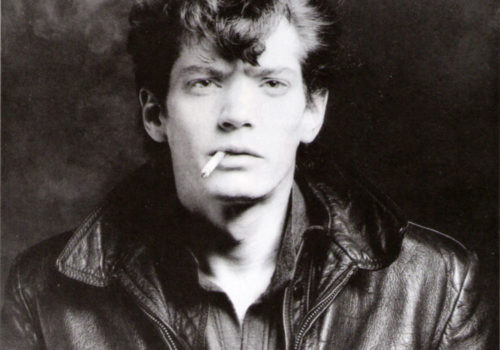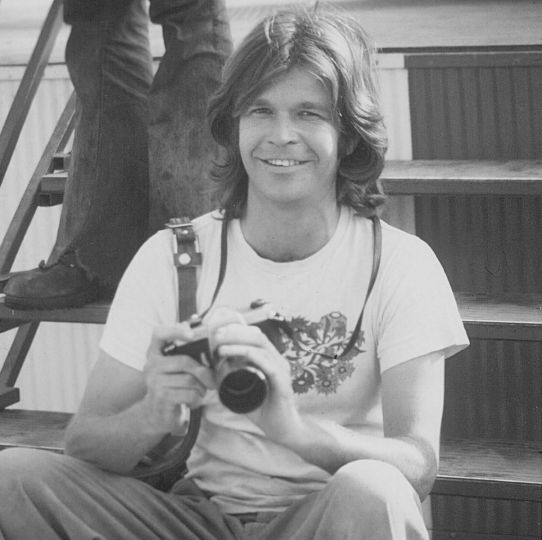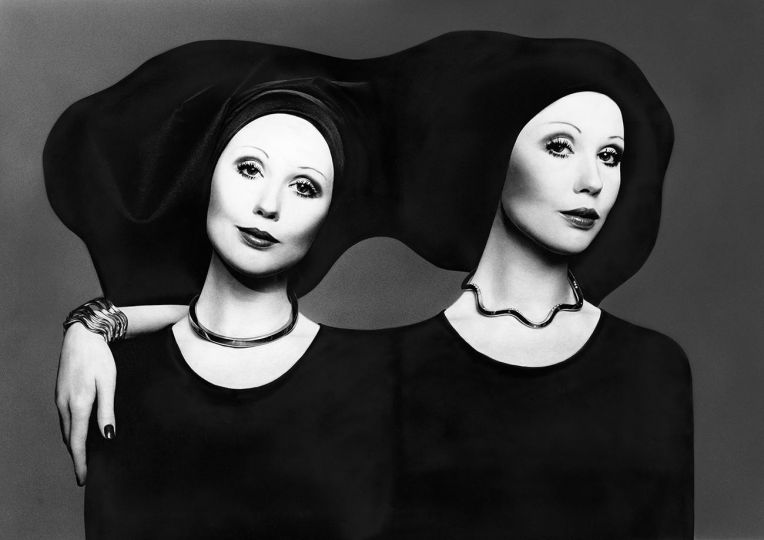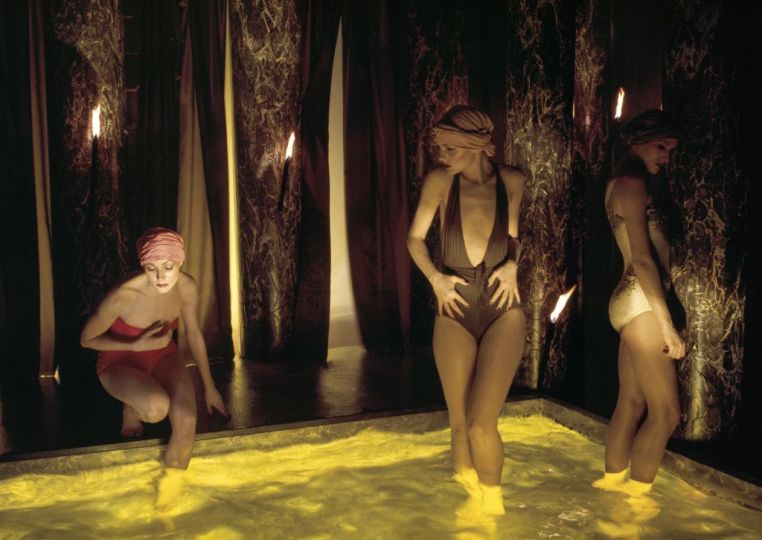Four years ago Robert Mapplethorpe died – on March 9, 1989, to be exact. Robert was very exacting. You can sense that in his work, which has a precision that always makes his photographs recognizable. Looking back, his certainty about one of his subjects homosexuality in art-shows another side of his logical personality. There wasn’t anything convoluted about his choice. lt was a simple and clear decision. Homosexuality was a taboo in art that attracted him, and he assumed it . He sensed that the taboo was ready to be broken. Ambitious and candid, he wanted to be the one who did this in photography. Of course, photographers had taken pictures of men who love each other before, but not with Mapplethorpe’s same use of shock tactics. Because of this, he’s practically become known as the guy who invented sex as a photographic subject. What Robert in fact did was to capture exactly what is historic about our period-the overwhelming need we have to see, and understand, sex for the part of our lives that it is. When he did his toughest work in the late 1970s, galleries-let alone museums or publishers-thought that they couldn’t show it and remain in business. lt was a far cry from 1992, when Madonna sold three-fourths of a million copies of Sex in just the first edition. I remember when, in the last few weeks of Robert’s life, he’ d say, “Weil, l am not leaving an estate worth as much as Andy’s, but it’s still millions. Not bad for a photographer, huh?” This was funny as well as moving. There he was-very, very sick and still competing with Warhol. That was the brat part of this man whose eyes would light up at night like a cat’s in the dark. What was so moving, though, was his pride that his photography had become a thing of value. It gets more valuable every day, and I don’t mean money-wise. And the loss of him, and of everyone else who has died because of AIDS, seems no more acceptable today than it did then. Ingrid Siscby editor of Interview and staff writer for The New Yorker Robert Mapplethorpe was born in 1946 and grew up in Queens, New York. His photographs, which range from sexually explicit to sublimely beautiful, continue to spark controversy.
This article is reserved for subscribed members only. If you are already a member, you can log in here below.
Subscribe for full access to The Eye of Photography archives!
That’s thousands of images and articles, documenting the history of the medium of photography and its evolution during the last decade, through a unique daily journal. Explore how photography, as an art and as a social phenomenon, continue to define our experience of the world. Two offers are available.
Subscribe either monthly for 8 euros (€) or annually for 79 euros (€) (2 months offered).
















